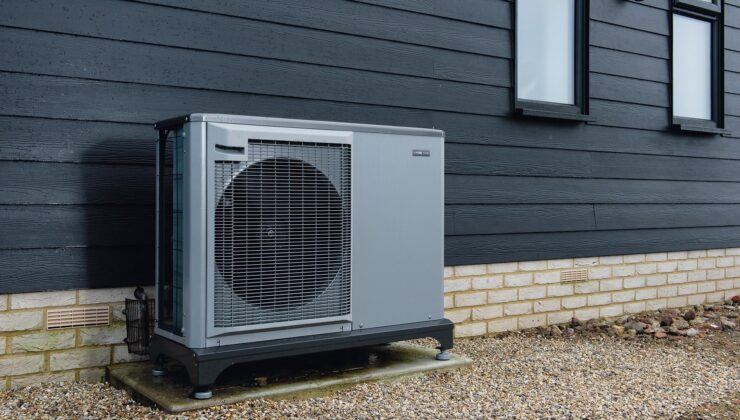

China has unveiled a strategic roadmap aimed at expanding the deployment of heat pump technology, a crucial step towards enhancing energy efficiency and curbing carbon emissions. Announced on April 2, this comprehensive action plan outlines measures to promote heat pump usage across various sectors including public buildings, industry, agriculture, and transportation.

Heat pumps, renowned for their efficiency, function by transferring heat from the external environment to indoor spaces, thereby offering heating or cooling solutions. Compared to traditional heating systems, these pumps can deliver three to four units of heat for every unit of electrical energy consumed, making them significantly more energy-efficient.
The International Energy Agency (IEA) in its 2024 report, positioned heat pumps among the pivotal technologies essential for the global energy transition, alongside solar power, wind energy, electric vehicles, electrolyzers, and batteries. According to a joint analysis by the IEA and Tsinghua University, if China successfully meets its climate objectives, direct carbon emissions from building heating could plummet from 290 million tons in 2022 to 70 million tons by 2050, marking a 76 percent reduction.
In the near term, air quality is anticipated to improve substantially as heat pumps replace coal and traditional biomass. Estimates suggest that fine particulate matter (PM2.5) emissions from domestic heating could decrease by up to 80 percent by 2030.
China’s northern regions have already begun incorporating heat pumps into their clean heating strategies. During the last heating season, Beijing Municipality offered a 40 percent incentive, capped at 6,000 yuan (approximately $816), to rural residents for upgrading to low-temperature air-source heat pump systems.
Remarkable advances have been made in China’s heat pump technology in recent years. Equipment costs have significantly reduced, and these systems can now function stably at temperatures as low as -35°C, according to government evaluations. The heat transfer distances have also seen considerable improvements, with previous ranges of 10-20 kilometers now extended to 60-100 kilometers. This enhancement allows for the efficient transportation of waste heat from centralized sources, such as industrial zones or nuclear power plants, to urban centers.
ENGLİSH
7 gün önceSİGORTA
7 gün önceSİGORTA
7 gün önceSİGORTA
11 gün önceSİGORTA
12 gün önceSİGORTA
12 gün önceDÜNYA
21 gün önce 1
Elon Musk’s Father: “Admiring Putin is Only Natural”
11634 kez okundu
1
Elon Musk’s Father: “Admiring Putin is Only Natural”
11634 kez okundu
 2
7 Essential Foods for Optimal Brain Health
11455 kez okundu
2
7 Essential Foods for Optimal Brain Health
11455 kez okundu
 3
xAI’s Grok Chatbot Introduces Memory Feature to Rival ChatGPT and Google Gemini
10866 kez okundu
3
xAI’s Grok Chatbot Introduces Memory Feature to Rival ChatGPT and Google Gemini
10866 kez okundu
 4
Minnesota’s Proposed Lifeline Auto Insurance Program
9556 kez okundu
4
Minnesota’s Proposed Lifeline Auto Insurance Program
9556 kez okundu
 5
Introducing Vivo Y300 Pro+: A Blend of Power and Affordability
7489 kez okundu
5
Introducing Vivo Y300 Pro+: A Blend of Power and Affordability
7489 kez okundu
Veri politikasındaki amaçlarla sınırlı ve mevzuata uygun şekilde çerez konumlandırmaktayız. Detaylar için veri politikamızı inceleyebilirsiniz.